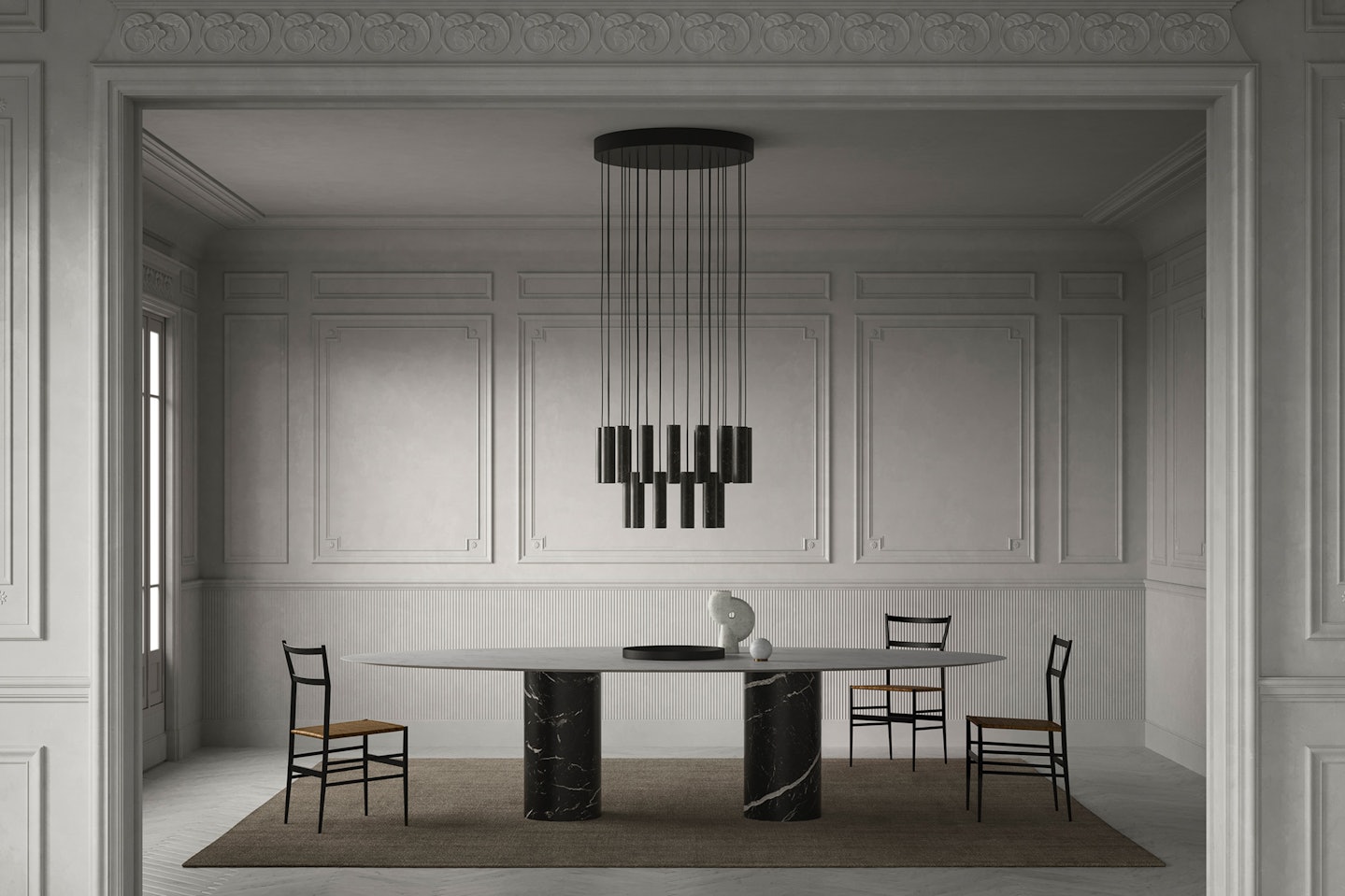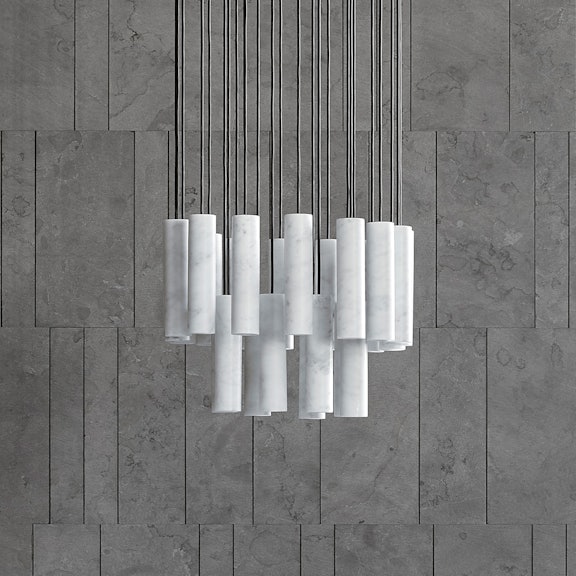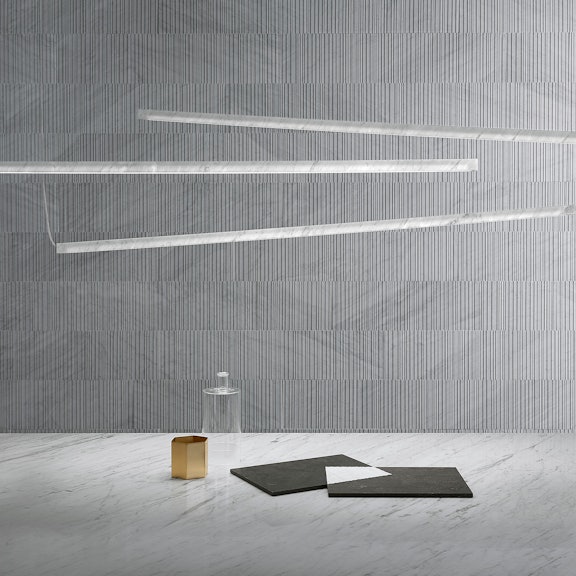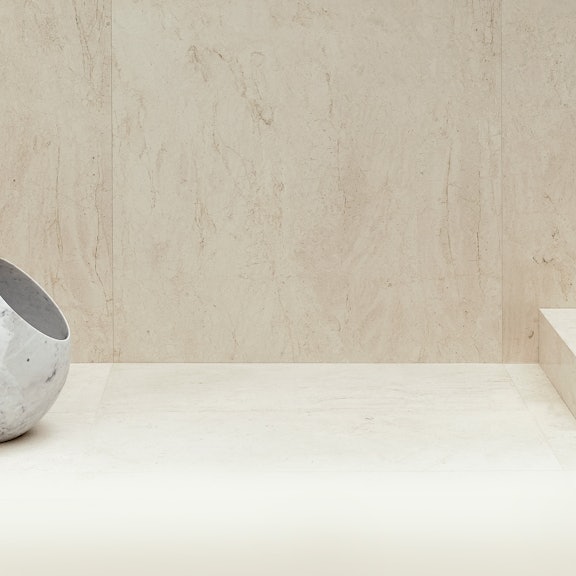The perfect lighting
03.2022
“The technician should never forget that he is an artist, the artist never that he is a technician”– Poul Henningsen
Poul Henningsen was taking a tram through Copenhagen one evening when he noticed how dimly lit people’s homes were. “Furniture, style, carpets…” he would later write, “everything in the home is unimportant compared to the lighting.” Seeing good lighting as having a great social importance, the young Danish architect and designer began a decade-long process of research and development, resulting in the PH in 1925 – a lamp composed of a series of concentric shades in glass or copper that eliminated visual glare. Beautifully designed as well as technically advanced – in addition to the precise placement of the shades, the colour of the harsh white light was warmed by the red interior of the lamp – the PH lamp became an icon of Modernist design.
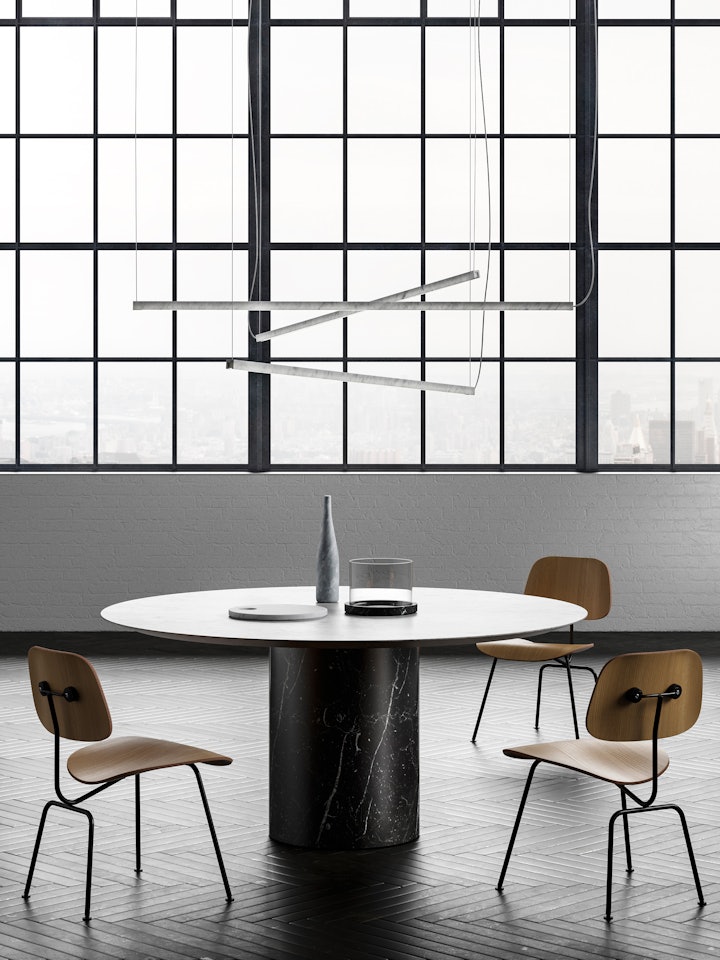
In subsequent decades, lighting design grew from the fledgling, socially-minded ideas developed by Henningsen to be an important specialism within architecture. Richard Kelly, a pioneer of the field, worked with Philip Johnson on his iconic Glass House in 1949, ensuring it did not become a mirrored box at night, and created a “tower of light” in Mies van der Rohe’s Seagram Building in New York, which appears to float above the ground. Half a century later, David Chipperfield’s sensitive rebuilding of the bomb-damaged and derelict Neues Museum in Berlin opened with discrete, gentle lighting designed by Kardorff Ingenieure. As is clear from these projects, effective lighting, in Henningsen’s words, is as much an art form as it is technical discipline; requiring a sensitivity to something ineffable and abstract, something that can only be sensed and felt, as much as it does an expertise that spans architecture, interior design and electrical engineering.
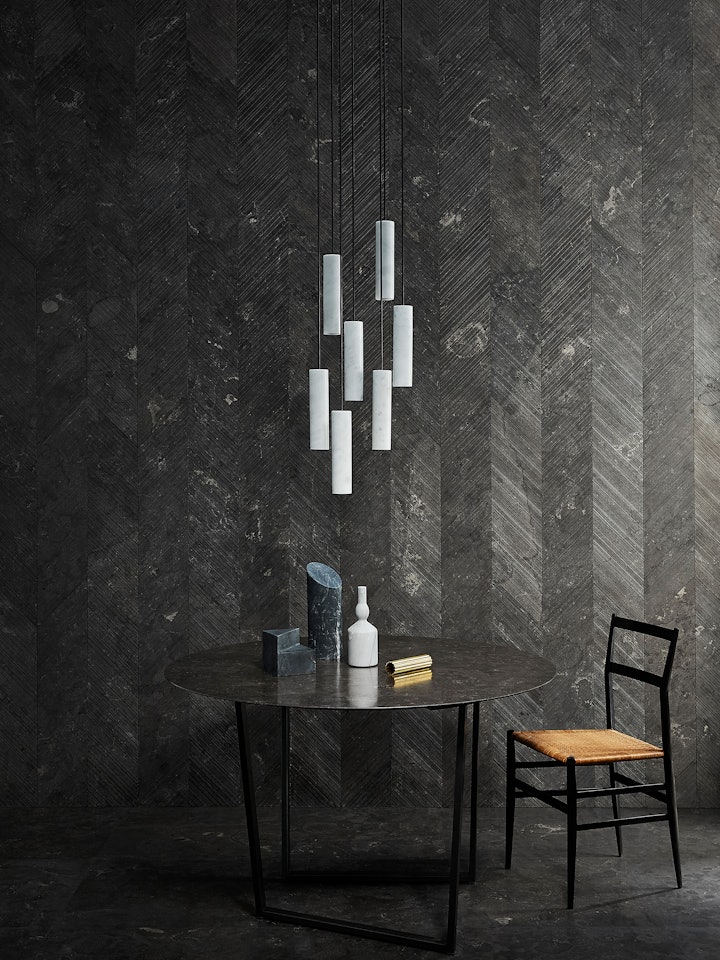
It was the emotive qualities of considered lighting systems – able to define and describe the atmosphere of any space – that led us to approach the Spanish architect and designer David Lopez Quincoces. Silo, a simple cylinder hewn from translucent Bianco Carrara marble or dark Pietra d’Avola, takes an innovative approach to natural stone. Whether hung as a single lamp or – for a greater sense of moment – as a chandelier, the light defused by the stone’s unique veining and colouration is soft and contemplative. It’s a similar approach taken by Marco Carini, who designed a long, thin light enclosed in a single piece of marble that is suspended, apparently weightless, by itself or in a series – an elegant, sculptural solution that, like the butterfly it is named after, animates the air in which it is hung.
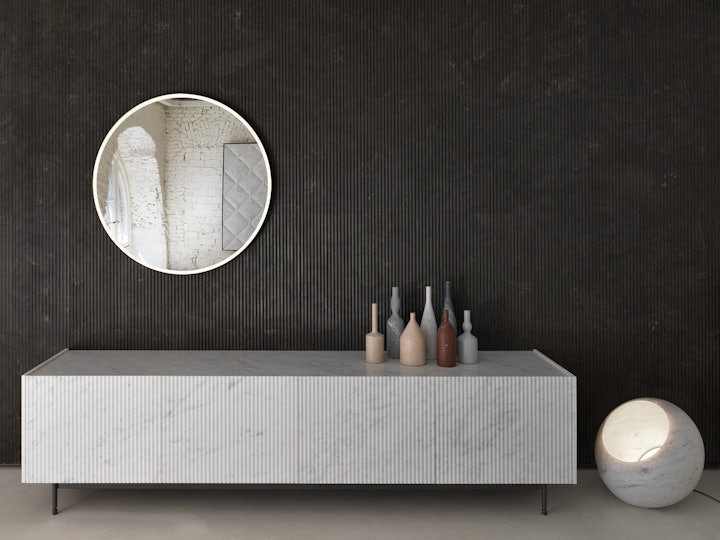
With Urano, our engineering capabilities – and the evocative potential of natural stone – was pushed to the limit. A hollow sphere, painstakingly carved from a cube of Bianca Carrara over five days and finished by hand, the lamp demonstrates Elisa Ossino’s mastery of stone and light. Produced in three sizes and designed to sit on the floor or table, the lamp glows softly, radiating light from deep within – creating a restful and relaxing ambiance that achieves what Henningsen described as, “the most difficult and noble task of lighting… beautifying the home and those who live there”.
